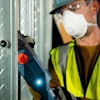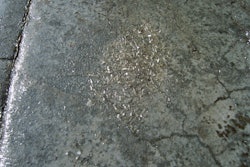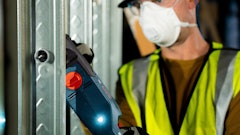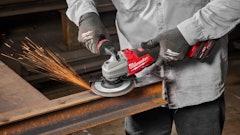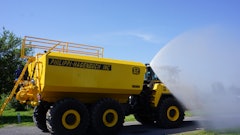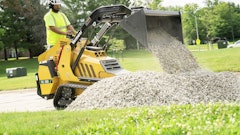The Occupational Safety & Health Administration’s (OSHA) March 24 final regulation for exposure to crystalline silica is based on outdated data and could actually increase health and safety risks for road construction workers, the American Road & Transportation Builders Association (ARTBA) says.
Crystalline silica is a basic component of dust from soil, sand, granite and other minerals associated with construction. The rule, released yesterday by the Department of Labor, sets the limit of 50 micrograms per cubic meter of air, averaged over an eight-hour shift, compared to the previous level of 250 micrograms for the construction industry.
The regulation takes effect June 23, but construction companies will have one year to comply.
“As currently written, the OSHA rule could actually increase the safety threat for highway workers and motorists,” ARTBA President and CEO Pete Ruane says. “We will be reviewing the proposal very carefully and keeping all our options on the table, including a legislative solution or legal action.”
The association says it would also be consulting with its industry partners in the Construction Industry Safety Coalition, a group ARTBA helped form in 2013.
In previous written comments and face-to-face meetings with OSHA and Office of Management & Budget Officials (OMB), ARTBA told OSHA officials that they used both outdated data and a faulty economic analysis in reaching the new standard. Specifically, OSHA relied on studies from 1930-1960, thus ignoring the successes of modern technology that have dramatically reduced silica exposure in roadway construction zones. ARTBA told OSHA that it may be doing more harm than good by requiring workers to wear respirators in hot environments, potentially exposing them to heat stroke and stress.
ARTBA also noted that by diverting significant resources to address a hazard that is minimally harmful in transportation construction operations, OSHA is reducing the resources needed to protect workers from more significant hazards, such as struck-by incidents. The association reminded agency officials that funds for transportation come primarily from tax dollars, and that money spent complying with this standard will reduce other public safety investments such as guardrail replacement and pothole repair.

